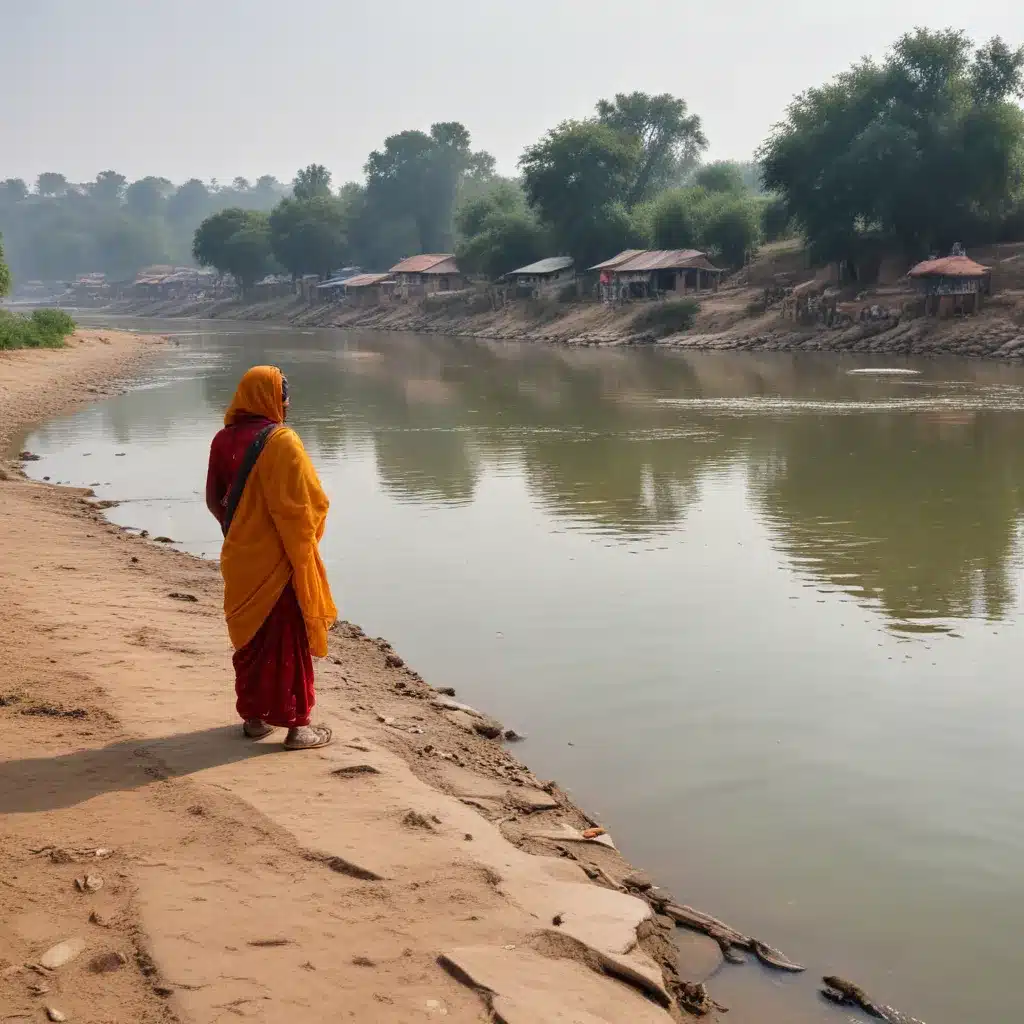
A Holistic Approach to Urban River Rejuvenation
In the bustling city of Chhatrapati Sambhajinagar, formerly known as Aurangabad, the once-thriving Kham River had become a symbol of urban neglect and environmental degradation. Decades of sewer leakage, indiscriminate solid waste dumping, and the depletion of the river’s riparian green cover had transformed this historic waterway into a “perennial flow of garbage.” However, a determined community-led initiative has now breathed new life into the Kham, restoring its ecological balance and reviving the city’s cultural connection to this vital resource.
Led by the women-owned environmental consulting firm EcoSattva, the Kham River Restoration Initiative has taken a comprehensive, three-pronged approach to addressing the river’s challenges. By focusing on deep ecological restoration, citywide waste management improvements, and robust community engagement, the project has not only cleaned up the river but also created tangible benefits for the local population.
Reviving the Riparian Ecosystem
The first step in the Kham River restoration process was to assess the full scope of the challenges facing the waterway and the surrounding communities. Through extensive research and stakeholder consultations, the EcoSattva team identified priority areas for climate adaptation and resilience, including the need for riverbank stabilization and physical restoration through techniques like pitching, dredging, desilting, and the planting of native species along the riparian edge.
“The depletion of the Kham’s green cover had contributed significantly to its degradation,” explains Sohil Agrawal, the founder of EcoSattva. “By focusing on the restoration of the riparian zone, we were able to not only improve the river’s ecological health but also enhance its ability to mitigate flooding during the monsoon season.”
The centerpiece of the restoration effort is a 5-kilometer EcoPark that features rejuvenated freshwater ponds and wetlands, a safe and accessible walking path, and an amphitheater for educational and community events. This transformation of a once-contaminated area into a thriving public space has been a boon for local residents, providing them with much-needed access to green infrastructure and recreational opportunities.
Tackling Waste at the Source
Recognizing that the Kham’s pollution issues extended beyond the river itself, the EcoSattva team also implemented a comprehensive waste management strategy. By identifying and targeting “Garbage Vulnerable Points” – key locations where waste was accumulating and being dumped into the waterway – the project was able to make significant strides in preventing further contamination.
The Unnati program, a core component of the initiative, has led training and capacity-building efforts for 42 municipal wards, integrating informal waste pickers known as Safai Saathi into the formal waste collection system. This not only improved the efficiency of solid waste management but also provided much-needed livelihood opportunities for marginalized communities.
“The inclusion of the Safai Saathi was crucial,” says Agrawal. “By empowering these informal waste workers and incorporating them into the city’s waste management infrastructure, we were able to create a more equitable and sustainable system that benefits both the environment and the people.”
Restoring Cultural Connections
Alongside the physical restoration of the Kham River, the EcoSattva team has also placed a strong emphasis on reviving the cultural connections between the waterway and the local community. Through an ongoing education and engagement campaign, the project has aimed to dispel misinformation about the importance of seasonal rivers and to restore a sense of pride and stewardship around the Kham.
“The Kham River has been an integral part of Chhatrapati Sambhajinagar’s cultural identity for centuries,” says Agrawal. “By integrating public awareness and community engagement into every aspect of our work, we hope to not only address the environmental challenges but also revive the city’s relationship with this precious resource.”
This cultural component has manifested in various ways, from educational programs in local schools to the commissioning of artworks that celebrate the Kham’s significance. The team has also organized a series of cultural events, such as dance performances and community gatherings, to bring people together around the river’s restoration.
Scaling Up for Greater Impact
The success of the Kham River Restoration Initiative has served as a catalyst for expanded river cleanup efforts in the region. The project’s holistic approach and emphasis on community engagement have inspired the development of an Urban River Management Plan, which aims to replicate the model across other water bodies in the area.
“What started as a local initiative has now become a regional blueprint for sustainable water resource management,” says Agrawal. “By demonstrating the power of collaboration, community ownership, and a multifaceted restoration strategy, we hope to inspire similar efforts in cities and towns across India.”
Indeed, the Kham River’s transformation has had a profound impact on the 1.3 million residents of Chhatrapati Sambhajinagar, who now have access to a safe, biodiverse riverfront that celebrates the city’s cultural heritage and provides tangible benefits to local livelihoods. As the project continues to evolve and expand, it stands as a shining example of what can be achieved when communities come together to revive their most precious natural resources.
Restoring the Kham: Key Achievements
- 54 acres of riparian zone cleaned and restored
- 25,000 households benefiting from improved waste collection
- 600 sanitation staff integrated into municipal waste efforts
- 17 artists commissioned to create cultural artwork
- 110 “Garbage Vulnerable Points” eliminated
- 1 million people participated in over 200 waterfront events
By taking a holistic approach to urban river restoration, the Kham River Initiative has not only revived the ecological health of this historic waterway but also strengthened the cultural and social fabric of Chhatrapati Sambhajinagar. As India continues to grapple with the challenges of urbanization and environmental degradation, this project stands as a shining example of what can be achieved when communities come together to protect their most precious natural resources.

